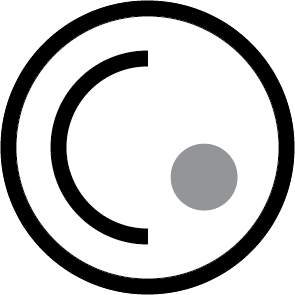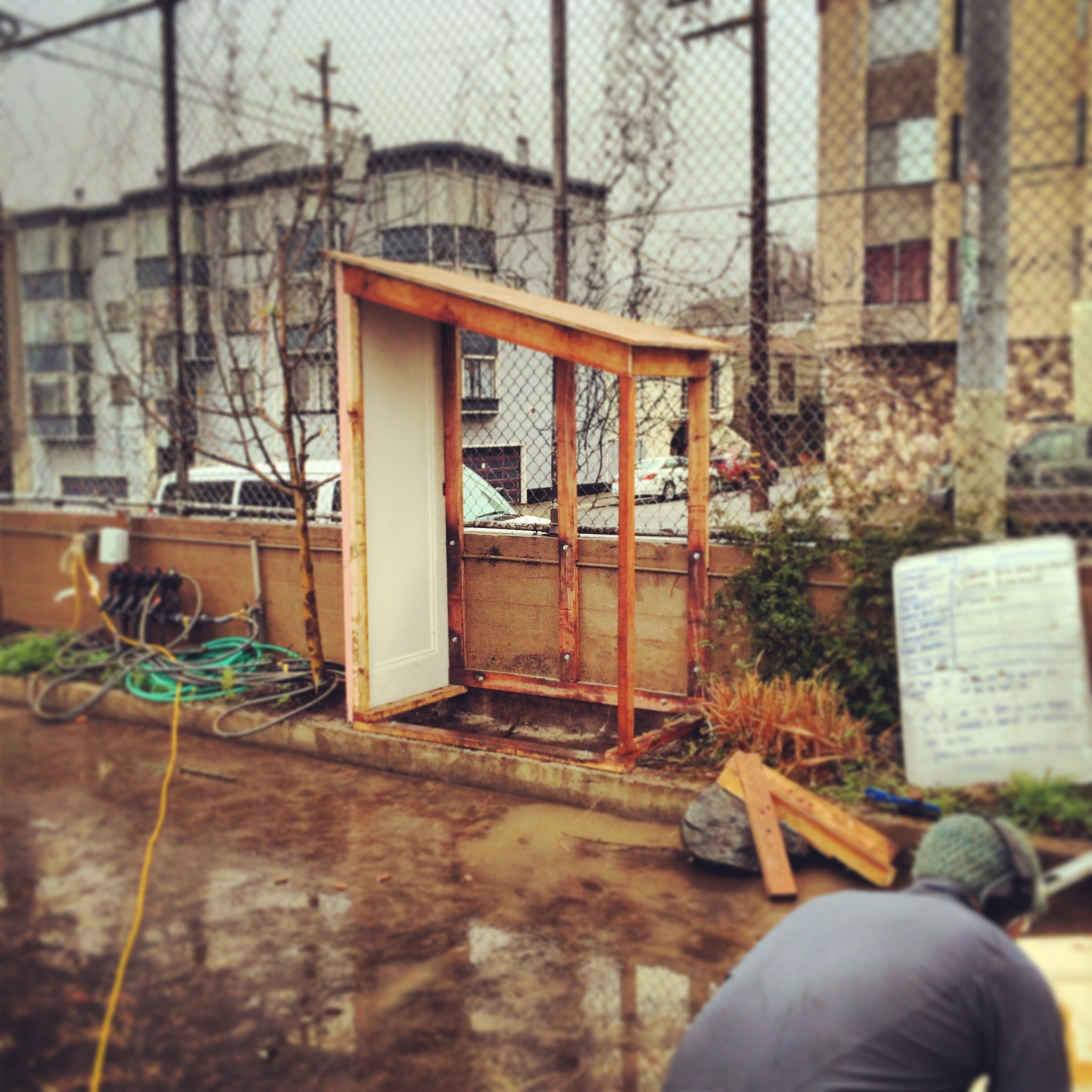work objects
Every object has a story to tell if you listen closely. Objects hold the memories of their origins, makers and context. These traces are one of the reasons I'm obsessed with reuse...
Chairs are Us
How do you represent the great diversity of humanity in a way everyone can relate to? Well of course I have my biases (in fact - that is what this exhibit is all about…) but I think through objects - in this case specifically the chair. A chair is nearly universal. It is easily anthropomorphized. And we naturally fill in the blank of the person sitting in the chair. Chairs are as varied in their personalities as we are. Although unlike us, they don’t have to make sense of a complicated world.
Curly Redwood
Is it a species? A cut of lumber? A finish? I’m unsure. What I know is it has been salvaged and stored, semi-forgotten, in a bunker for my use. Now that it’s in place I’m not sure how many people even notice it. The view is spectacular after all. Anyway, the wood is textured and weathered and it gives the entry portal a certain gravitas. Those who seek out its origins are rewarded with tales of post-war cocktails in the Redwood Bar...for the opening we make specimens of it.
Encrustations
Sometimes architects get enamored with a metaphor. It’s a tool for understanding design decisions. We’re dealing with the synthesis of so much we create our own schema. Sometimes we’re so in it, we don’t see how it looks to our clients. So when we presented the concept for the New Pacific Seas Aquarium as a simple box covered with encrustations - barnacles that each allowed light and air and people to penetrate the building - our client liked the design, but not the metaphor. “Encrustations sound like the scum I have to scrape off the bottom of my boat!” Fair point. We kept the design and dropped the metaphor.
Doors to Sheds
We stand in the rain contemplating the doors. There was a cloudless blue sky the day we bought them at the salvage yard, but now they are stacked haphazardly along the fence, dripping. Awkward. Like the teenagers that will store their farming tools in the sheds they will become. Individual and full of personality, with stories to tell if anyone asked. They’re dwarfed by the big, urban, public high school looming over them across the football field, but safe surrounded by the little farm they serve.
Exchange
I can imagine the army engineer - in his windowless Washington DC office - drawing the new commissary building for the Presidio with a windowless wall unknowingly facing one of the best views in the world. The challenge of reusing this building falls to me and I am up to the challenge. Luckily the structural engineers are too, and together we cut it open and save it where we can, and where we can’t we reuse the massive piles of concrete embedded in the earth below.
Reuse + The Big Box
It is often challenging to explain the value in reusing something at all, let alone something as plain and ubiquitous as the big box store. As Ralph Caplan put it: “The newer products may not perform any better - at least not in ways you need - but they serve a public relations function: to buy the new is to be perceived as new yourself.” But the value in a big box store is not in the materials themselves; but in the semiotics of the thing. In the ability, to build on the familiar to create the new. To work the system from the inside out.
My Hole World
One of the most memorable objects on Alcatraz is actually a void. It’s a small hole designed for a guard to put a rifle through while crouched down behind the protection of the metal railing. This isn’t a regular part of the tour. Peering through it I’m struck by the difference your point of view makes. Prisoner vs. guard. Liberal vs. Conservative. Me vs. you. It’s so important - and so hard - to see things from the other person’s point of view and yet a single object can remind you of our shared humanity.







